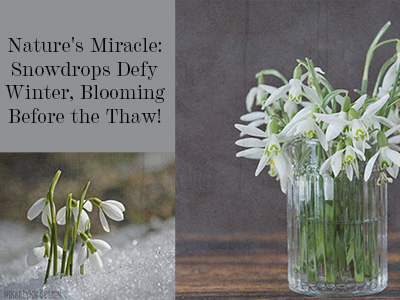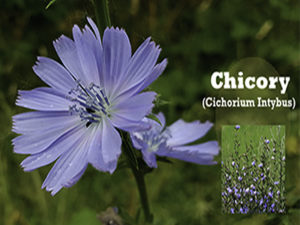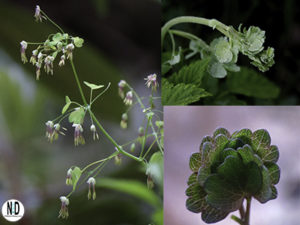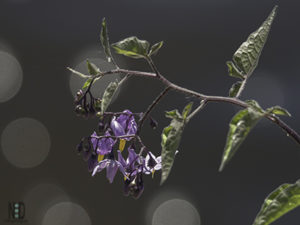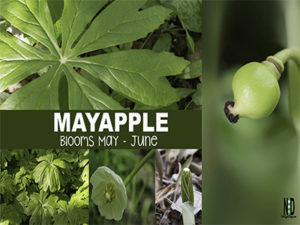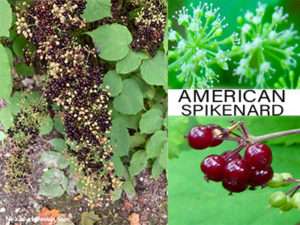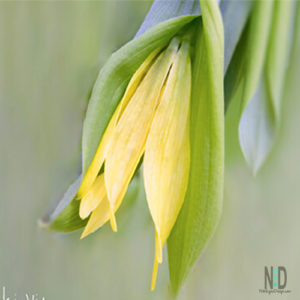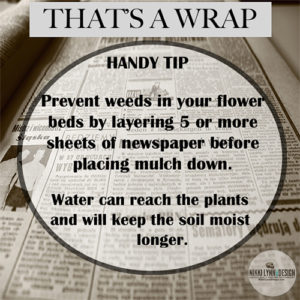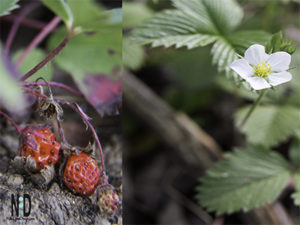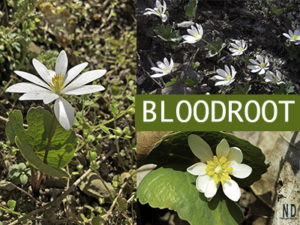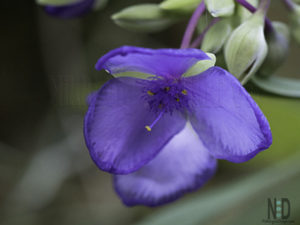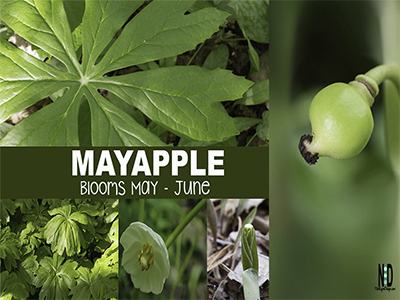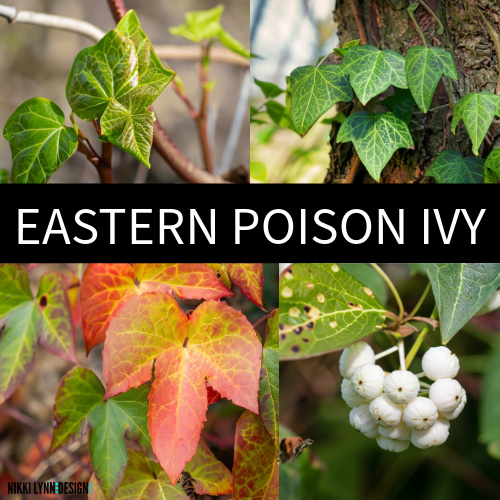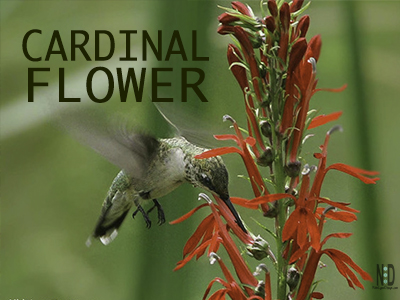I’ve heard people state snowdrop flowers are wildflowers. It is true, that some grow in the wild in meadows and woodland areas. Can’t argue with you on this fact. I find them all the time. I just have never found a source that states they are true wildflowers.
If you want to call them wildflowers as many do, please think of the flowers as convicts that have escaped from gardens and because they are growing outside of a garden they are “wild” flowers. If you say “wild” flowers very fast. You get wildflowers. Now, we can all agree and I have made everyone happy 🙂
Snowdrops: A Winter’s Whisper in Bloom
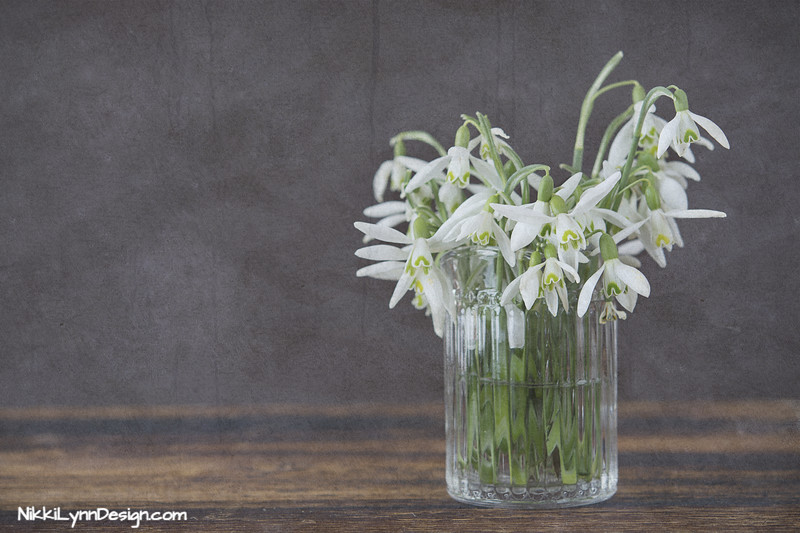
Snowdrop flowers need no introduction. Many are familiar with them. Their tight clumps of green foliage pop up in late winter. For me, living in Wisconsin, I see the foliage many times in the snow. The green clumps stick out like a sore thumb.
Flowers follow the foliage. Mid-February in March. Each bloom has three large, white outer petals surrounding an inner ring of three small petals, each marked with various patterns of green.
General Information
| Genus: | Galanthus woronowii |
| Family: | Amaryllidaceae |
| Life Cycle: | Perennial |
| Zone: | 3-8 |
| Habitat: | Full Sun, Partial Shade in Acidic Soil, Clay Soil, Loamy Soil, Sandy Soil |
| Bloom Season: | Extremely early |
| Plant Height: | 4 – 6 inches |
| Blooms: | Milky white flowers from the top of the stem. Narrow, long green foliage. |
Images
Planting Snowdrops
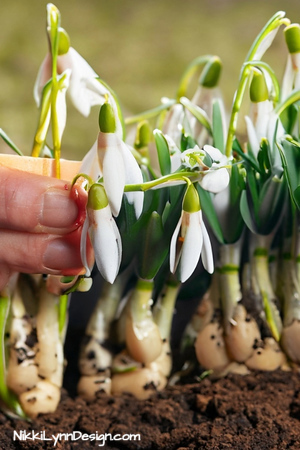
- Timing:
- Plant snowdrop bulbs in the fall, ideally between September and November. This allows them to establish roots before winter.
- Site Selection:
- Choose a location with well-draining soil. Snowdrops prefer partial to full shade but can tolerate some sunlight in early spring before deciduous trees leaf out.
- Soil Preparation:
- Ensure the soil is rich in organic matter. Add compost or well-rotted manure to improve soil fertility and drainage.
- Spacing:
- Plant snowdrop bulbs about 3 inches (7.5 cm) deep and space them approximately 3 to 4 inches (7.5 to 10 cm) apart.
- Planting Depth:
- Place the bulbs with the pointed end facing up. Plant them at a depth that is approximately three times the height of the bulb.
Caring for Snowdrops
- Watering:
- Keep the soil consistently moist, especially during the growing season. However, avoid waterlogged conditions, as snowdrops prefer well-draining soil.
- Mulching:
- Apply a layer of mulch around the snowdrops to conserve moisture and suppress weeds. Use a light layer of organic mulch, such as shredded leaves or bark.
- Fertilizing:
- Snowdrops are not heavy feeders. A light application of a balanced, slow-release fertilizer in early spring can support their growth.
- Dividing:
- Every few years, consider dividing overcrowded clumps of snowdrops after they finish flowering. Lift the bulbs, separate them, and replant in well-prepared soil.
- Pest and Disease Control:
- Snowdrops are generally resistant to pests and diseases. However, keep an eye out for signs of bulb-rotting diseases in overly wet conditions and treat them promptly if necessary.
- Enjoying the Bloom:
- Once your snowdrops start to bloom, take time to appreciate their delicate beauty. Consider planting them where they can be easily seen from windows or pathways.
- Naturalizing:
- Snowdrops are excellent for naturalizing in woodland gardens, under deciduous trees, or along the edges of garden beds. Allow them to spread and create charming drifts of white blooms.
AFFILIATE POLICY: Posts on this site may contain links to outside vendors that pay me a commission when you purchase from them, at no additional cost to you. Thank you for supporting this site!
